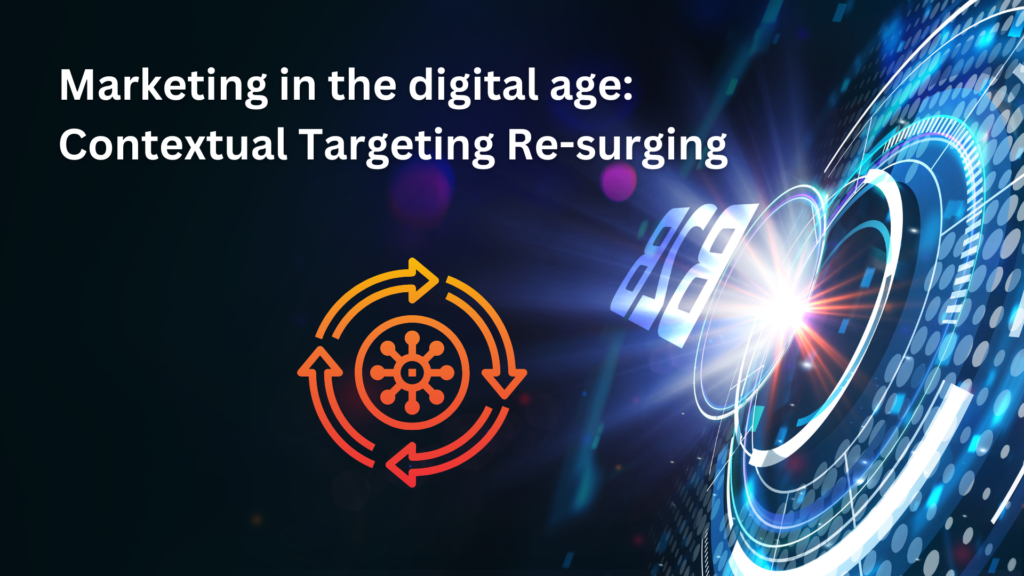Until a few years ago, all the talk revolved on keywords. When businesses created a campaign that appeared on Google search, the fundamental go-to for any marketer, they understood they had to employ keywords for the campaign to display across websites and mobile devices. Indeed, Google Adwords was likely the first contextual advertising network, with its algorithms targeting users based on the context of specific keywords they use and presenting advertisements relevant to those phrases.

Formerly, the emphasis was on the positive or negative context of the terms, and adverts were displayed appropriately. It has now altered dramatically, not least because words may be utilized in a variety of ways. For example, the term shot might refer to a vaccination injection (which has recently gained popularity) or a gunshot, and there are several instances of similar keywords with various meanings, emphasizing the importance of context.
Technological companies and others have developed our own Artificial Intelligence algorithms to scan all of the information on websites and mobile applications in real time, comprehend its context, and only display advertisements that make sense at that time and place.
While contextual advertising was originally text-based, advertisers now want to use it in video and picture forms as well. For example, if a publisher, such as Times of India, has a gallery of photographs and videos, businesses want to understand the content and context that can be seen in them and use it to choose where they want their ads to appear.
Technology is fast advancing, and firms are developing technologies that will allow us to broadcast adverts before movies depending on the context of the videos. Formerly, this had to be done manually; however, today’s contextual ad technology identifies what kind of videos are being viewed on various sites, and the tools will then display adverts accordingly.
In the next few years, this technology will make perfect sense. The promised cookie-free future, in which cookies will be phased away by the end of this year, means that one of the most important tools used by advertisers to target and re-target consumers will be gone. And firms like ours are devising workarounds because, if cookies are gone, there will be no choice except to target advertising based on the context of the content.
We established our first AI model in 2019, and we collaborate with over 75,000 publishers who reach out to more than 1.5 billion people worldwide, which means we help cater to over 20% of the world’s population. We’ve constructed massive databases over time based on information from our platforms, our partners’ platforms, and the OEMs we interact with, and we’ve structured our data sets around that.
We used those terabytes of data to assist provide the AI with predictive analysis on how a certain user will behave with a brand, using various signals surrounding a person’s data, such as likes, dislikes, demographics, and other indications to help identify which individual is most likely to convert to which brand.
That is why contextual advertising is resurfacing, as the AI tools that marketers have built and are developing analyse content and context to help advertisers reach out to the most relevant consumers.